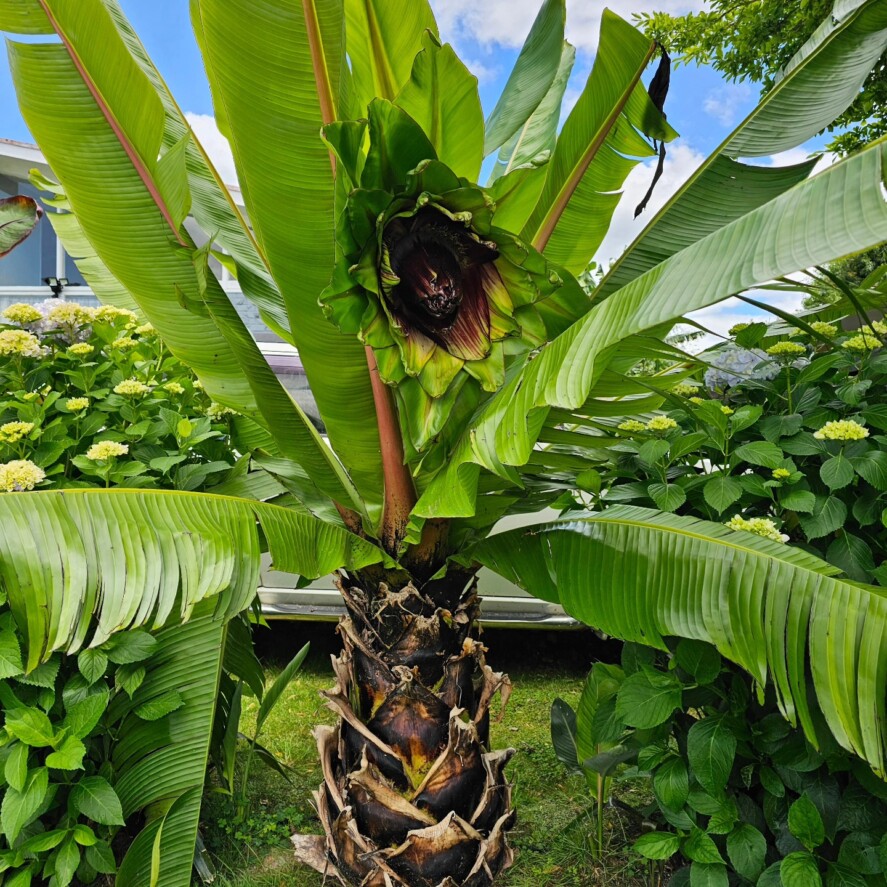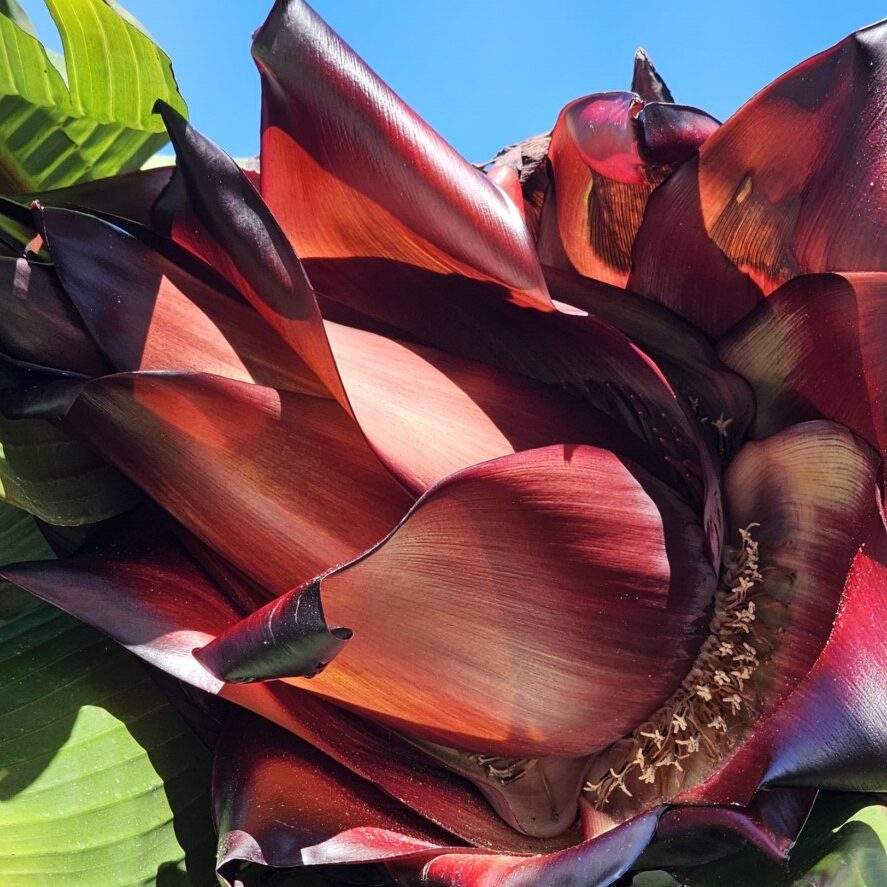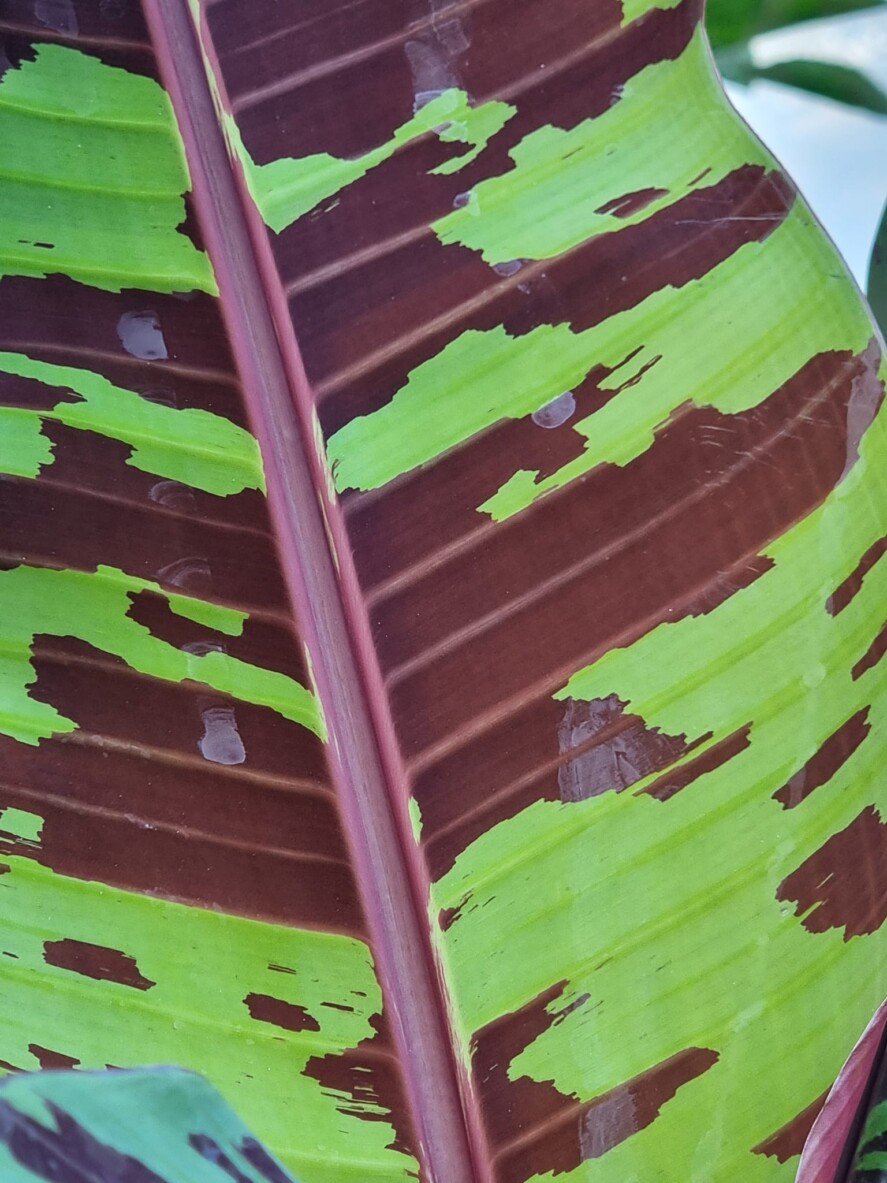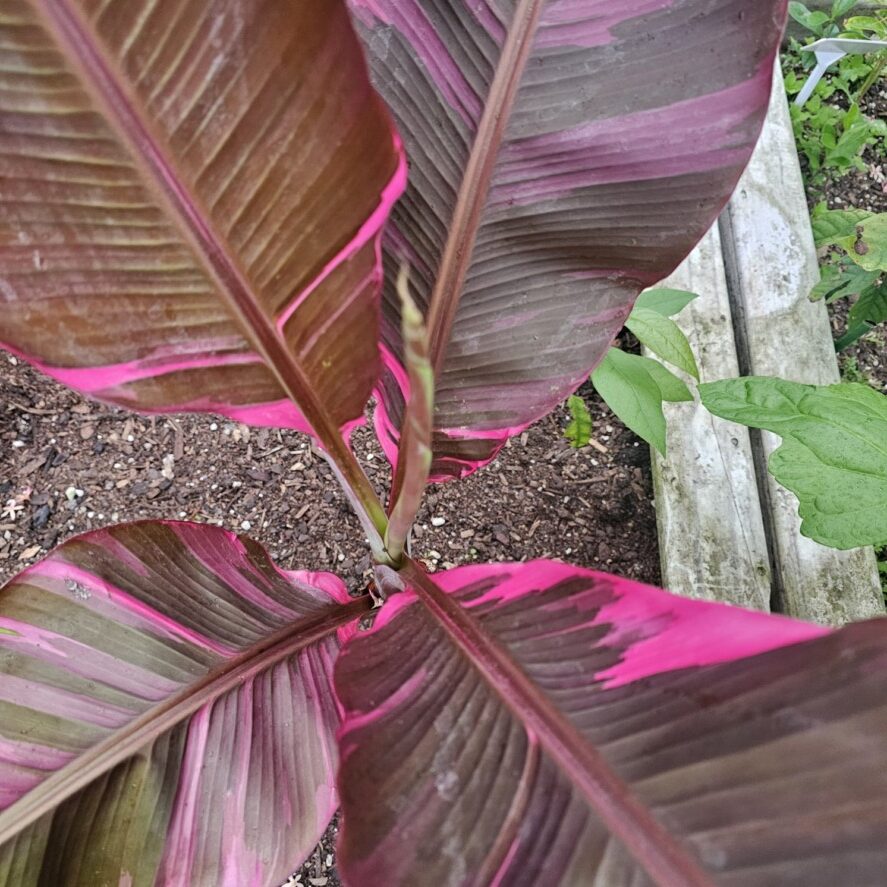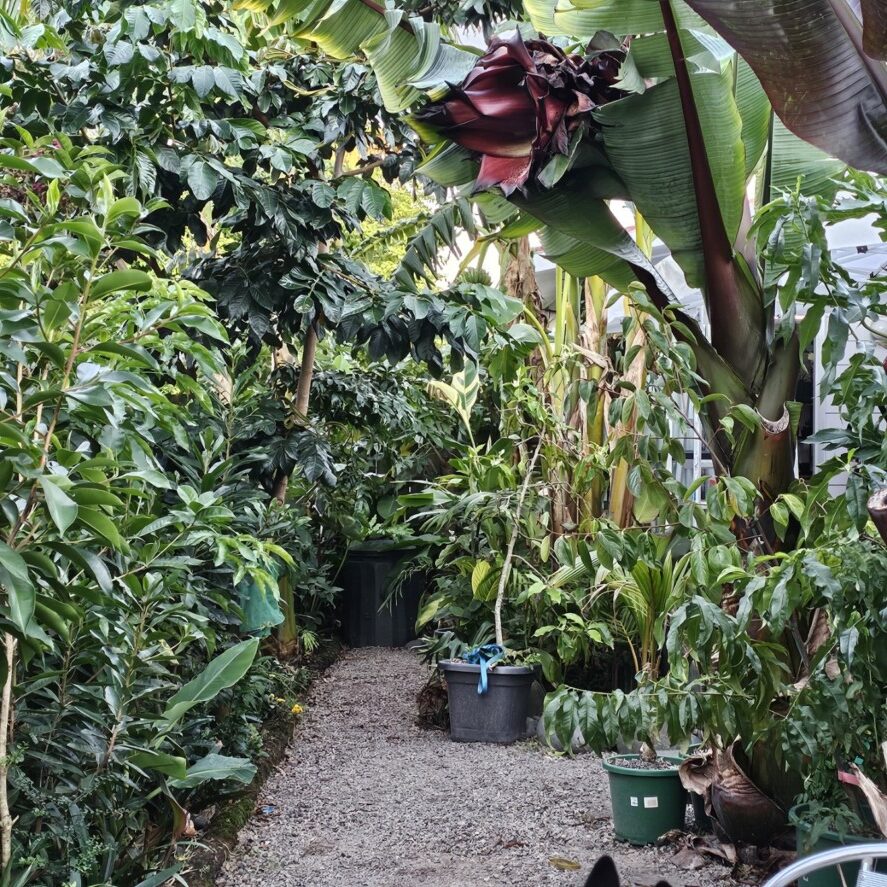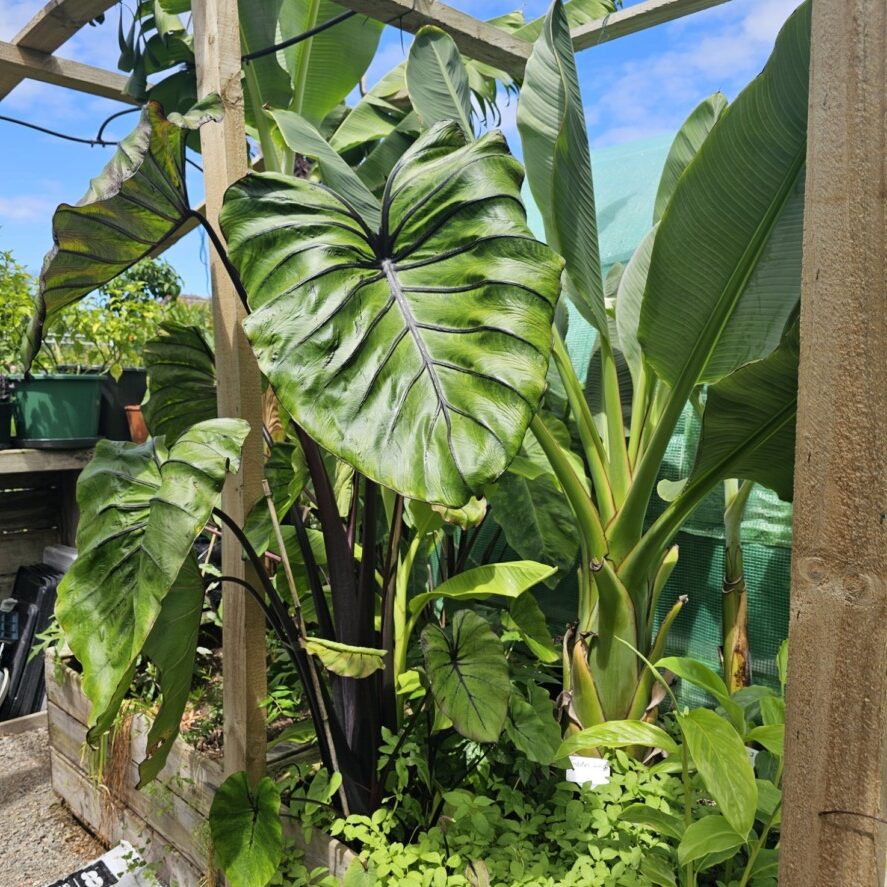-
Troppo Plant & Garden Articles
- Te Puke Region
- TROPPO’s Food Forest in Te Puke, BOP (www,foodforest.org.nz)
- Troppo’s Plant Collection
- TROPPO's Nursery Directory
- Food Forests of New Zealand (www.foodforests.nz)
- Nursery Map - Plant Suppliers of NZ Directory (www.nurserymap.nz)
- Kids Garden Corner
- New Zealand Garden Bird Survey
- New Zealand Garden Groups
- Delicious Recipes
Agave 'Tequilana Blue' – The Essential Plant for Homegrown Tequila and Landscaping
There’s a fascinating world waiting for you with the Agave 'Tequilana Blue, the key ingredient in authentic tequila and an eye-catching addition to your landscape. This remarkable plant not only produces the beloved spirit but also offers a striking aesthetic with its sharp, silvery leaves. By growing Agave 'Tequilana Blue in your backyard, you’re embracing sustainability and creating an engaging conversation piece for guests. However, be cautious: its spines can be dangerous, so proper handling is imperative. Let’s explore the best practices for cultivating this versatile plant!
Botanical Overview
Agave ‘Tequilana Blue’ is an iconic succulent known for its distinctive rosette shape and striking blue-green leaves. This plant belongs to the Agavaceae family and is primarily found in Mexico, where it thrives in arid conditions. Its unique biology allows it to withstand significant drought while storing nutrients, making it an crucial species for both tequila production and ornamental landscaping.
Species Classification and Characteristics
By classifying Agave ‘Tequilana Blue’ within the Agave genus, you note that it possesses robust leaves that can grow up to 2.5 meters in length. The plant’s sharp terminal spines add a striking visual appeal, while the beautiful blue hue of the leaves is what sets this species apart. You will appreciate the fascinating flowering cycle, which typically occurs once in the plant’s lifetime after about 8–12 years.
Growth Requirements and Climate Adaptation
Around Agave ‘Tequilana Blue’ thrives in well-draining soil with minimal organic matter. It prefers full sun exposure and can endure high temperatures, making it ideal for regions with warm climates. You will find that this plant is highly adaptable to drought conditions, as its succulent leaves are designed to store water efficiently. Additionally, it is resistant to many common pests and diseases.
At its core, Agave ‘Tequilana Blue’ is designed for drought resilience, thriving in well-drained soil to prevent root rot. You should ensure that the plant receives full sunlight for optimal growth, as it requires warm conditions to flourish. If you live in a region with limited rainfall, the plant’s ability to store water in its succulent leaves will serve to your advantage. Keep in mind that the ideal temperature range is between 60°F to 100°F, as extreme cold can damage this beautiful succulent. By fulfilling these basic needs, you can enjoy a thriving Agave ‘Tequilana Blue’ in your garden or landscape.
Cultivation Techniques
Some key cultivation techniques will ensure your Agave ‘Tequilana Blue’ thrives in your home garden. Start with proper soil preparation, followed by consistent watering and maintenance practices, to promote healthy growth and a fruitful harvest.
Soil Preparation and Planting
Below are the importants for preparing your soil: choose sandy or loamy soil with good drainage and a slightly acidic to neutral pH. Dig a hole that’s twice the width of the root ball, and mix in organic matter such as compost to enrich the soil. Plant your Agave at least three feet apart to allow for proper air circulation.
Watering and Maintenance
Beside choosing the right soil, proper watering and maintenance are important for the health of your Agave. You should water deeply but infrequently, allowing the soil to dry out before the next watering. Regularly remove dead leaves and check for pests, keeping your agave well-maintained and healthy.
Hence, watering your Agave ‘Tequilana Blue’ is a balance between moisture and dryness. Overwatering can lead to root rot, while underwatering can stress the plant. Aim for deep watering once every two to three weeks during the growing season. Additionally, keep an eye out for common pests such as mealybugs and scale, as early detection can save your plant from significant damage. Consistent care will support vigorous growth and enhance its landscape appeal.
Tequila Production Basics
One of the primary elements in crafting traditional tequila is the blue agave plant, especially the Agave tequilana. The production process begins with the harvesting of the agave hearts, known as piñas, after they have reached maturity—typically around 7 to 10 years. These piñas are then crushed to extract the sweet, viscous juice, which will undergo fermentation and distillation to create tequila.
Harvesting and Piña Processing
Between the ages of 7 to 10 years, the blue agave reaches the ideal size for harvesting. Skilled jimadores cut the plants, leaving the piñas intact for processing. This labor-intensive method ensures that the plants are harvested without damage, as the quality of the piña directly impacts the flavor and grade of the tequila. After harvesting, the piñas are steamed or cooked to convert the inulin into fermentable sugars.
Fermentation and Distillation Guidelines
Processing the extracted agave juice into tequila involves careful fermentation and distillation. The juice is mixed with yeast, initiating fermentation, where sugars transform into alcohol. This is followed by distillation, where the liquid is heated, allowing the alcohol to evaporate and to be collected, resulting in a higher proof spirit.
Distillation is a vital stage that significantly influences your tequila’s flavor profile. During the process, it’s important to monitor the temperature closely, as it affects the separation of alcohol from unwanted compounds. Pay attention to the heads and tails of the distillation; these contain undesirable elements and should be discarded. The heart portion, on the other hand, is the essence of your tequila. Your focus should be on achieving the right balance to create a premium product while ensuring your safety by using the proper equipment, as distillation involves heat and potential hazards.
Landscaping Applications
Once again, incorporating Agave ‘Tequilana Blue’ into your garden offers versatile landscaping applications. This striking succulent not only adds a unique focal point but also thrives in various environmental conditions, making it a fantastic choice for xeriscaping. Its dramatic rosette shape and spiky leaves enhance the visual interest of landscapes, whether you use it as a specimen plant, in rock gardens, or as part of a themed garden dedicated to arid plants.
Design Integration and Aesthetic Value
Against a backdrop of traditional floral gardens, Agave ‘Tequilana Blue’ serves as a bold statement piece. Its architectural form contrasts beautifully with softer foliage, delivering a modern twist to your landscape design. The silvery-blue color of its leaves also complements a range of other plants, creating balance and depth in your outdoor aesthetic.
Companion Plants and Garden Planning
Garden planning around Agave ‘Tequilana Blue’ is vital for creating a harmonious landscape. Pairing it with drought-tolerant companions such as succulents, ornamental grasses, and native perennials ensures the best results while reducing water requirements. These plants often share similar sunlight and soil needs, making them ideal partners in your garden.
Also, selecting companion plants that thrive under similar conditions enhances the health and longevity of your Agave ‘Tequilana Blue’. Consider incorporating low-water-use plants like sedum, yucca, or desert marigold to create an appealing and cohesive garden space. Avoid plants that require frequent watering, as excessive moisture can lead to root rot in your Agave. By planning carefully, you can create a resilient garden that showcases the beauty of your Agave while supporting its growth.
Common Challenges
For gardeners, cultivating Agave tequilana blue can present certain challenges. These resilient plants may face issues ranging from pest infestations to adverse weather conditions. Understanding and addressing these challenges will ensure a thriving agave garden that yields successful harvests for your homemade tequila and enhances your landscape.
Pest Management and Disease Control
Disease and pests can threaten your agave’s health, leading to stunted growth or reduced sap quality. Common pests include mealybugs and aphids, which can be managed through regular inspections, insecticidal soaps, or natural predators. Keep an eye out for signs of rot or fungal infections, as these can compromise the plant’s vitality. Implementing integrated pest management will help you maintain a healthy agave population.
Weather-Related Issues
On occasion, fluctuations in weather can negatively impact your agave plants. Extreme temperature changes, heavy rains, or prolonged drought can stress your agave, potentially stunting growth or causing damage.
It is important for you to understand how weather impacts your Agave tequilana blue. Protecting your plants from low temperatures is vital, as frost can cause significant damage. Properly drain excess water to avoid root rot during heavy rainfall and implement a watering schedule during dry spells to keep the soil adequately moist but never soggy. Your keen attention to these environmental factors will be necessary for a successful yield, ensuring your agave flourishes in any season.
Legal Considerations
Many people are unaware that growing Agave ‘Tequilana Blue’ comes with specific legal considerations. It’s crucial to familiarize yourself with the regulations in your area regarding the cultivation of agave, as well as the production of tequila-like spirits. Ignoring these legal aspects can lead to fines or legal complications, especially if you’re planning to distill your own tequila at home. Understanding the framework around these regulations can ensure that you enjoy your gardening and distillation pursuits without any legal repercussions.
Cultivation Permits and Restrictions
Below the surface, local laws may require specific permits for growing Agave ‘Tequilana Blue.’ You should check with your local agricultural department or zoning office to ensure that your cultivation practices comply with any existing restrictions on plant species. These permits can vary by region and may include stipulations about the number of plants you can grow or the conditions in which they must be maintained.
Home Distillation Regulations
Above all, home distillation of spirits, including tequila, is heavily regulated. You must be aware that distilling alcohol without a proper permit is illegal in most places, regardless of your intent. Understanding the specifics of these regulations is vital to avoid potential legal issues.
In fact, many home distillers face serious risks if they violate federal and state laws. Distilling alcohol without licensing can lead to severe penalties, including hefty fines or even jail time. While some states allow limited home distillation for personal use, others prohibit it entirely. Understanding your local regulations is not only about compliance; it’s also about ensuring your safety and the legality of your craft. Always do your due diligence before begining on home distillation projects.
Final Words
Drawing together the benefits of Agave ‘Tequilana Blue’, you can enhance your landscaping while also cultivating the primary ingredient for authentic homemade tequila. This hardy succulent not only flourishes in various climates but also adds a unique aesthetic to your garden. By choosing to grow this plant, you’re not just beautifying your space; you’re begining on a rewarding journey toward crafting your very own tequila. Embrace the advantages of this versatile plant and enjoy the satisfaction of nurturing something truly special in your home.

